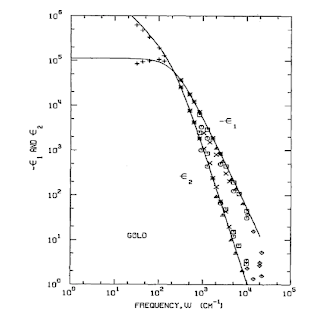What is the ground state of the two-dimensional Hubbard model?
What "causes" high-Tc superconductivity: is it antiferromagnetic fluctuations, condensation of "pre-formed pairs", or proximity to the quantum critical point of a d-density wave state, or something else?
I read a nice paper today d-Mott phases in One and Two Dimensions by Andreas Lauchli, Carsten Honerkamp, and Maurice Rice, which highlights to me why it is so hard to answer the above questions. But it does gives some clues about the essential physics.
They start with a Hubbard model in the weak coupling limit. Momentum space is divided up into a few "patches" and one performs renormalisation on a reduced Hamiltonian defined on these patches. New effective interactions arise as a result of this renormalisation.
There is a mutual reinforcement of antiferromagnetic (AF) and d-wave pairing tendencies [both superconducting and d-density wave] when the Fermi energy is close to the van Hove singularities at the saddle points (SP) (0,pi) and (pi,0) [i.e. close to half filling].
A key point: the same physics occurs in the half-filled 2-leg Hubbard ladder (2LHL), a model which has an RVB ground state.
The basis of this mutual reinforcement of these different scattering/interaction channels is simple geometry. A significant fraction of particle pairs that experience strong umklapp scattering in the (pi,pi) channel, e.g., two particles close to (pi,0), have small total momentum and thus also couple into the Cooper pair channel .
The figure below shows some of these scattering processes between patches.
For strong enough coupling and small enough doping a charge and spin gap opens up on the patches at (0,pi) and (pi,0). This corresponds to the pseudogap state.
The left hand figure below shows the gaps for spin, two particle, and single particle excitations as a function of the coupling constant and energy cutoff.
The right figure shows the magnitude of the structure factor for different channels.
These enhanced correlations in more than one channel means that
- a simple mean-field theory cannot capture the character of the ground state
- different ordered states will be close in energy and so numerical methods with a particular bias may pick out the wrong ground state.
A few questions:
Does similar physics apply in the Hubbard model on the anisotropic triangular lattice at half filling? I cannot see why not.
How will the mutual reinforcement be modified by a large magnetic field?





























